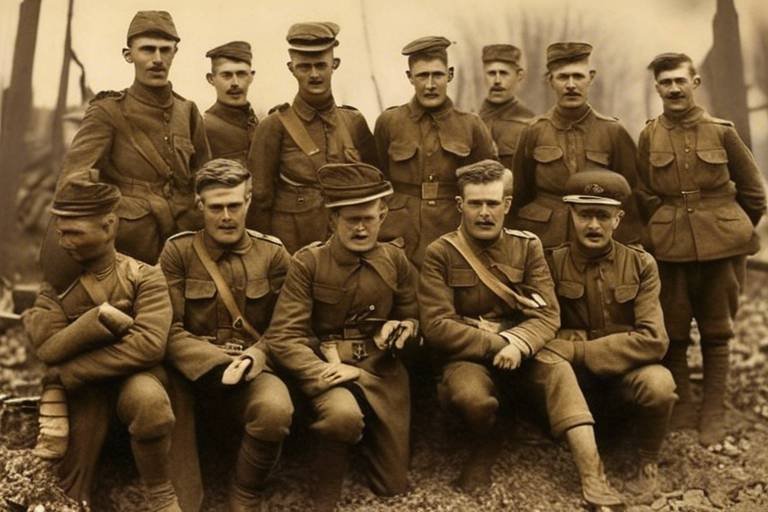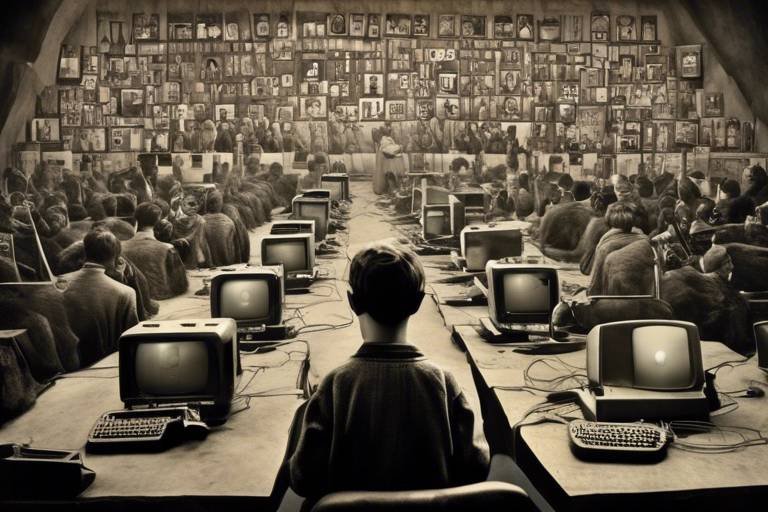The Social Impact of the Industrial Revolution
The Industrial Revolution had a profound impact on society, reshaping the very fabric of human existence. As the world transitioned from agrarian economies to industrial powerhouses, the social landscape underwent seismic shifts. Demographics were radically altered as people migrated from rural areas to burgeoning cities, seeking employment in the new factories and mills that dotted the urban landscape. This mass movement of people led to changes in birth rates, family structures, and the overall composition of communities.
Urbanization surged as cities transformed into bustling industrial hubs, teeming with activity and opportunity. However, this rapid growth came with its own set of challenges. Urban infrastructure struggled to keep pace with the influx of residents, leading to overcrowded and unsanitary living conditions. The emergence of urban social issues, such as poverty, crime, and inadequate housing, became stark reminders of the price of progress.
Social classes became more defined than ever before, with wealth and occupation serving as the primary markers of one's place in society. The gap between the rich and the poor widened, fueled by the exploitation of labor in the factories and mines that drove the industrial machine. This stark inequality gave rise to labor movements and class struggles as workers fought for better conditions and fair treatment.
The working conditions during the Industrial Revolution were notoriously harsh, with long hours, low wages, and little to no safety regulations. Children were often employed in dangerous jobs, their small hands and nimble fingers prized for tasks adults couldn't perform. The plight of women and children in the workforce highlighted the need for reform and paved the way for movements advocating for their rights and protection.
Health and sanitation issues ran rampant in the overcrowded urban centers, where disease spread like wildfire due to poor living conditions and lack of proper sanitation. Access to medical care was limited, prompting the development of public health initiatives to combat the health crises that plagued the industrialized cities.
The economic landscape underwent a transformation as industrial economies replaced traditional agrarian systems. Capitalism flourished, fueling the growth of consumerism and reshaping global trade networks. The Industrial Revolution not only revolutionized production but also redefined the very essence of economic systems and structures.
Culturally, the impact of industrialization reverberated through the arts, literature, and education. Social reform movements gained momentum, challenging the status quo and advocating for change. Traditional customs and beliefs were upended as societal values shifted in response to the rapid pace of technological advancement and social change.
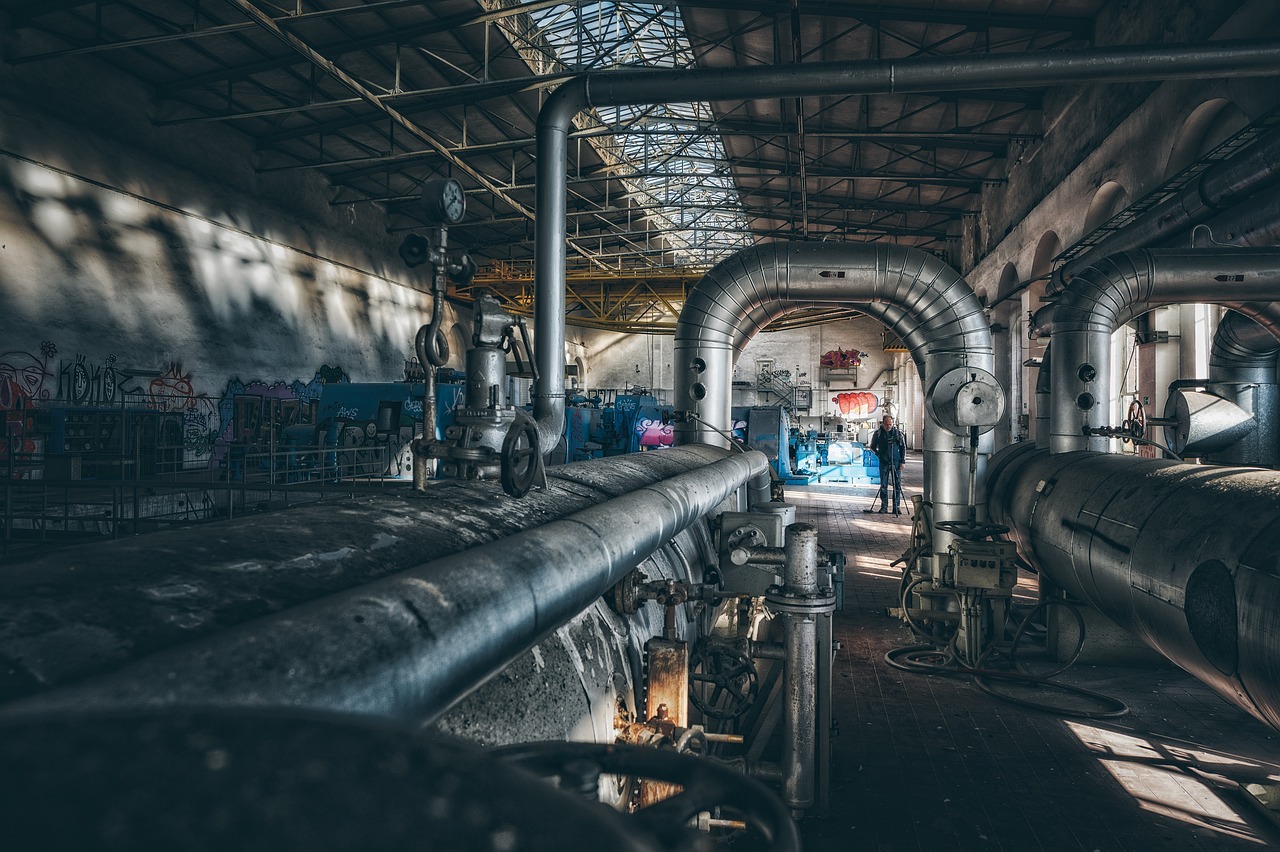
Demographic Changes
Exploring how the Industrial Revolution transformed society, affecting demographics, urbanization, social classes, and living conditions, leading to both positive advancements and negative consequences.
Population shifts due to industrialization were profound. The allure of employment opportunities in factories and industries led to massive migration from rural areas to burgeoning cities. This influx of people drastically altered the demographic landscape, reshaping communities and social structures. As more individuals sought work in urban centers, birth rates fluctuated, impacting family sizes and structures. The traditional agrarian lifestyle gave way to a more urbanized setting, fundamentally changing the fabric of society.
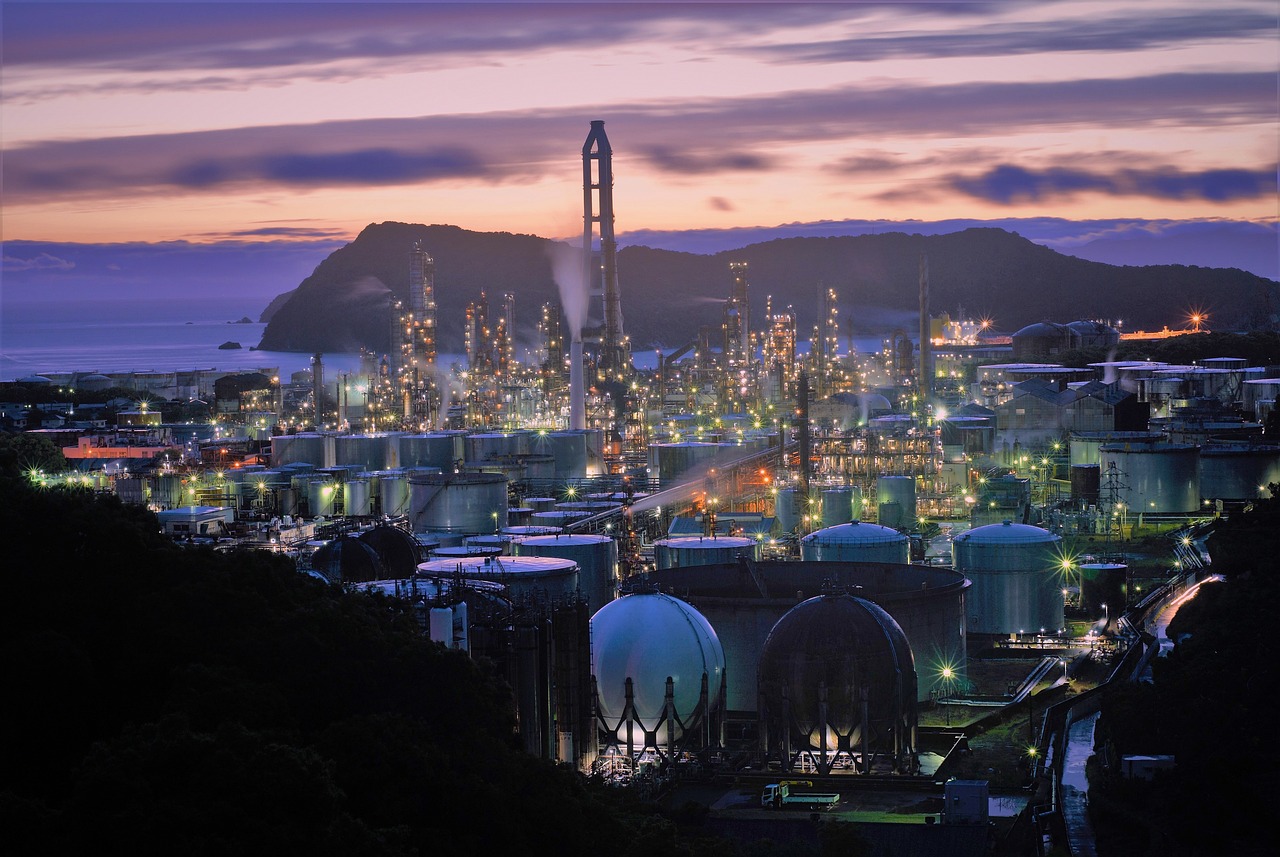
Urbanization and Industrialization
Exploring how the Industrial Revolution transformed society, affecting demographics, urbanization, social classes, and living conditions, leading to both positive advancements and negative consequences.
Urbanization and industrialization during the Industrial Revolution reshaped the landscape of cities and societies. As industries flourished, cities rapidly grew into bustling centers of manufacturing and trade. The once quiet towns transformed into crowded urban hubs, attracting a wave of migrants seeking employment in factories and mills.
The development of urban infrastructure became crucial to support the expanding industrial activities. Roads, bridges, and railways were constructed to facilitate the movement of goods and workers, while the construction of tenement buildings provided housing for the growing urban population. However, the rapid urbanization also brought about challenges in sanitation and public health.
Sanitation issues became prevalent in overcrowded urban areas, with inadequate waste disposal systems leading to unsanitary living conditions. The lack of proper sewage systems and clean water sources contributed to the spread of diseases such as cholera and typhoid. Public health initiatives began to emerge in response to these health crises, aiming to improve sanitation and prevent the outbreak of epidemics.
The emergence of urban social issues accompanied the rapid urbanization. Growing disparities between the wealthy industrialists and the impoverished working class highlighted the social inequality prevalent in industrial cities. The concentration of wealth and power in the hands of a few led to the exploitation of labor and the marginalization of workers.
In conclusion, urbanization and industrialization were integral aspects of the Industrial Revolution, shaping the social fabric of society and laying the foundation for modern urban living. The transformation of cities into industrial centers brought about both progress and challenges, leaving a lasting impact on demographics, living conditions, and social dynamics.
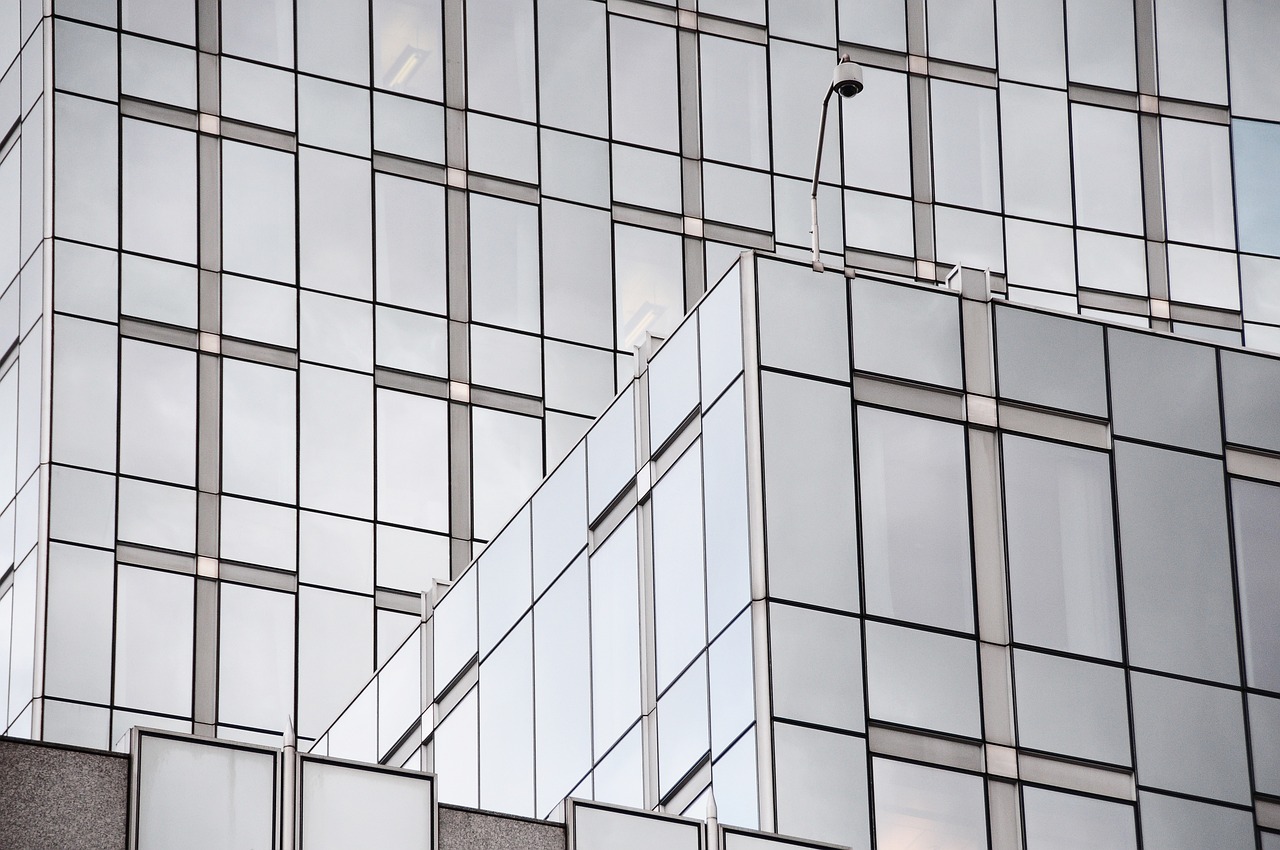
Social Classes and Inequality
Exploring how the Industrial Revolution transformed society, affecting demographics, urbanization, social classes, and living conditions, leading to both positive advancements and negative consequences.
The Industrial Revolution brought about a significant shift in societal structures, leading to the creation of distinct social classes primarily based on wealth and occupation. This period marked the emergence of a clear divide between the affluent industrialists and the working class, highlighting the widening wealth gap in society. As factories and industries flourished, the exploitation of labor became rampant, with workers subjected to grueling conditions and meager wages.
Amidst the rise of industrial capitalism, laborers found themselves at the mercy of factory owners, facing long hours of work in hazardous environments without adequate safety regulations. The harsh realities of labor exploitation fueled the growth of labor movements and class struggles as workers united to demand better working conditions and fair wages. The Industrial Revolution not only revolutionized production processes but also sparked a battle for workers' rights and social justice.
Furthermore, the stratification of society into distinct social classes led to deep-rooted inequalities, perpetuating a system where the wealthy elite held power and influence while the working class struggled to make ends meet. This stark contrast in living standards and opportunities further exacerbated social tensions, laying the groundwork for future social reforms and movements aimed at addressing the prevailing disparities.
As the Industrial Revolution unfolded, the notion of social mobility became increasingly elusive for many individuals, with economic status and social standing becoming closely intertwined. The rigid class structure that emerged during this period underscored the systemic inequalities embedded in society, prompting reflections on the need for greater equity and fairness in the distribution of resources and opportunities.
In essence, the impact of the Industrial Revolution on social classes and inequality reverberated through generations, shaping the dynamics of society and laying bare the inherent disparities that persisted amidst the technological advancements and economic prosperity of the era.

Working Conditions and Labor Exploitation
Exploring how the Industrial Revolution transformed society, affecting demographics, urbanization, social classes, and living conditions, leading to both positive advancements and negative consequences.
During the Industrial Revolution, the working conditions in factories, mines, and mills were often harsh and hazardous. Workers, including men, women, and children, toiled for long hours in dangerous environments with little regard for their well-being. The advent of mass production led to the exploitation of labor, as workers were subjected to low wages, no job security, and minimal safety regulations.
Child labor was rampant during this period, with young children as young as five or six years old being employed in factories, enduring grueling work hours and receiving meager pay. The use of child labor was not only unethical but also detrimental to the physical and mental development of these young individuals.
Furthermore, the lack of safety measures in industrial workplaces resulted in frequent accidents and injuries among workers. The absence of regulations to protect workers' rights allowed factory owners to prioritize profits over the well-being of their employees, leading to widespread discontent and unrest among the labor force.
As a response to these exploitative practices, labor unions began to emerge, advocating for better working conditions, fair wages, and improved rights for workers. Strikes, protests, and collective bargaining became common tools used by workers to demand reforms and address the injustices they faced in the workplace.
The issue of labor exploitation during the Industrial Revolution highlighted the power dynamics between the working class and the industrial elite. The growing awareness of workers' rights and the need for social reform laid the foundation for the labor movements that would shape future labor laws and regulations.
Coming soon...

Impact on Women and Children
Exploring how the Industrial Revolution transformed society, affecting demographics, urbanization, social classes, and living conditions, leading to both positive advancements and negative consequences.
During the Industrial Revolution, women and children experienced significant changes in their roles and conditions. Women, who were traditionally confined to domestic duties, were drawn into the workforce to meet the demands of the growing industries. This shift not only altered the dynamics within families but also exposed women to harsh working conditions and exploitation in factories and mills.
Children, as young as five or six years old, were also forced to work in dangerous environments, enduring long hours and receiving meager wages. The exploitation of child labor was rampant, with many children deprived of education and a proper childhood.
Despite these challenges, the Industrial Revolution also sparked movements advocating for women's and children's rights. Reformers and activists began to push for legislation to protect women and children in the workplace, leading to the gradual improvement of labor laws and the eventual outlawing of child labor.
The impact on women and children during this period laid the foundation for future social reforms and paved the way for greater recognition of their rights and contributions to society.
- What were the main demographic changes during the Industrial Revolution?
- How did the Industrial Revolution impact social classes and inequality?
- What were the key health and sanitation issues during the Industrial Revolution?
- What cultural changes were brought about by the Industrial Revolution?
The Industrial Revolution led to significant population shifts, with many people migrating from rural areas to urban centers in search of employment opportunities in factories and industries.
The Industrial Revolution resulted in the creation of distinct social classes based on wealth and occupation, widening the wealth gap and leading to the exploitation of labor.
Overcrowded urban areas faced challenges such as poor sanitation conditions, inadequate medical care, and the spread of diseases, prompting the development of public health initiatives.
The Industrial Revolution influenced arts, literature, and education, giving rise to social reform movements and reshaping societal values and beliefs.

Health and Sanitation Issues
During the Industrial Revolution, rapid urbanization led to severe health and sanitation challenges in burgeoning cities. The overcrowded living conditions, lack of proper sewage systems, and inadequate waste disposal methods created breeding grounds for diseases, such as cholera, typhoid, and tuberculosis. As a result, urban populations faced high mortality rates and widespread health crises, impacting both the working class and the affluent.
Sanitation conditions in urban areas were deplorable, with open sewers running through streets and contaminated water sources. The lack of access to clean water and proper hygiene practices contributed to the rapid spread of infectious diseases, posing significant public health risks. Medical care was often scarce and inefficient, exacerbating the health issues faced by the urban population.
In response to these health challenges, public health initiatives began to emerge, aiming to improve sanitation infrastructure, provide access to clean water, and implement disease prevention measures. The establishment of public hospitals, sanitation regulations, and vaccination programs marked the early efforts to combat the health crises gripping industrialized cities.
Furthermore, the link between poor living conditions and disease outbreaks became increasingly evident, prompting calls for urban planning reforms and improved housing standards. The implementation of building codes, sewage systems, and waste management practices sought to address the root causes of health issues and enhance overall living conditions for urban residents.
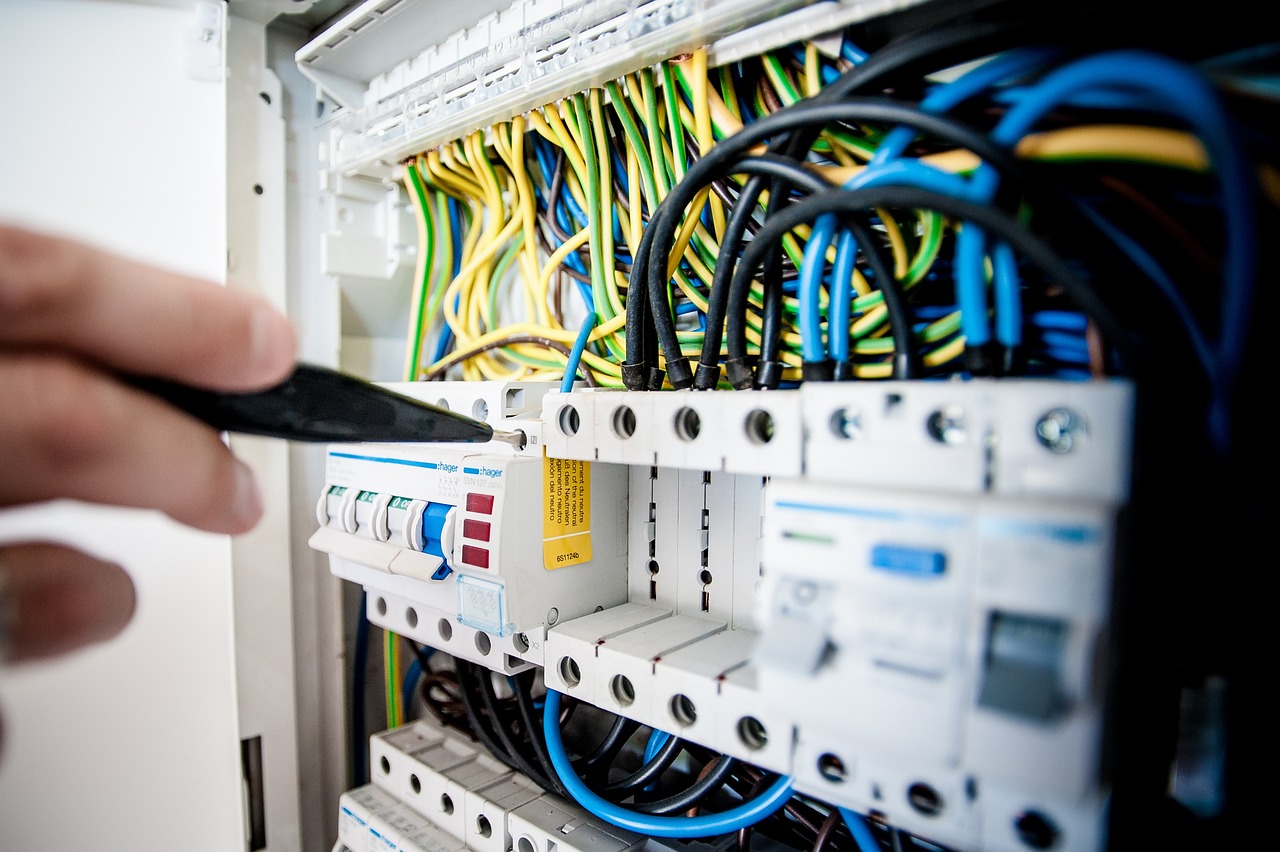
Economic Transformation
Exploring how the Industrial Revolution transformed society, affecting demographics, urbanization, social classes, and living conditions, leading to both positive advancements and negative consequences.
The Industrial Revolution brought about a significant economic transformation, shifting societies from agrarian economies to industrial economies. This shift was marked by the rise of capitalism, where the means of production were owned privately rather than by the state or collectively. As industrialization progressed, there was a notable growth in consumerism, with the mass production of goods leading to increased consumption patterns among the population.
Furthermore, the Industrial Revolution had a profound impact on global trade and economic systems. The increased production capacity and efficiency brought about by industrialization led to the expansion of international trade networks. Countries began to specialize in the production of certain goods, leading to the interconnectedness of economies on a global scale. This interconnectedness laid the foundation for the modern global economy we see today, with complex trade relationships and supply chains spanning continents.
Additionally, the economic transformation brought about by the Industrial Revolution led to significant changes in the labor market. The demand for labor in factories and industries grew exponentially, leading to the migration of people from rural areas to urban centers in search of employment opportunities. This shift in labor dynamics had far-reaching effects on social structures and paved the way for the modern workforce we see today.
Q: How did the Industrial Revolution impact social classes?
A: The Industrial Revolution led to the creation of distinct social classes based on wealth and occupation. The widening wealth gap between the industrialists and the working class resulted in increased inequality and exploitation of labor.
Q: What were some of the major challenges faced by workers during the Industrial Revolution?
A: Workers faced harsh working conditions in factories, mines, and mills, including long hours, low wages, and lack of safety regulations. Child labor practices were also prevalent, leading to widespread exploitation of vulnerable populations.
Q: How did the Industrial Revolution impact women and children?
A: The Industrial Revolution brought about significant changes in the roles of women and children in the workforce. Women and children were often exploited in industries, with limited access to education and poor working conditions. This led to the emergence of movements advocating for women's and children's rights.
Q: What were some of the key cultural changes brought about by the Industrial Revolution?
A: The Industrial Revolution had a profound impact on arts, literature, and education. It led to the rise of social reform movements and changes in societal values, challenging traditional customs and beliefs.
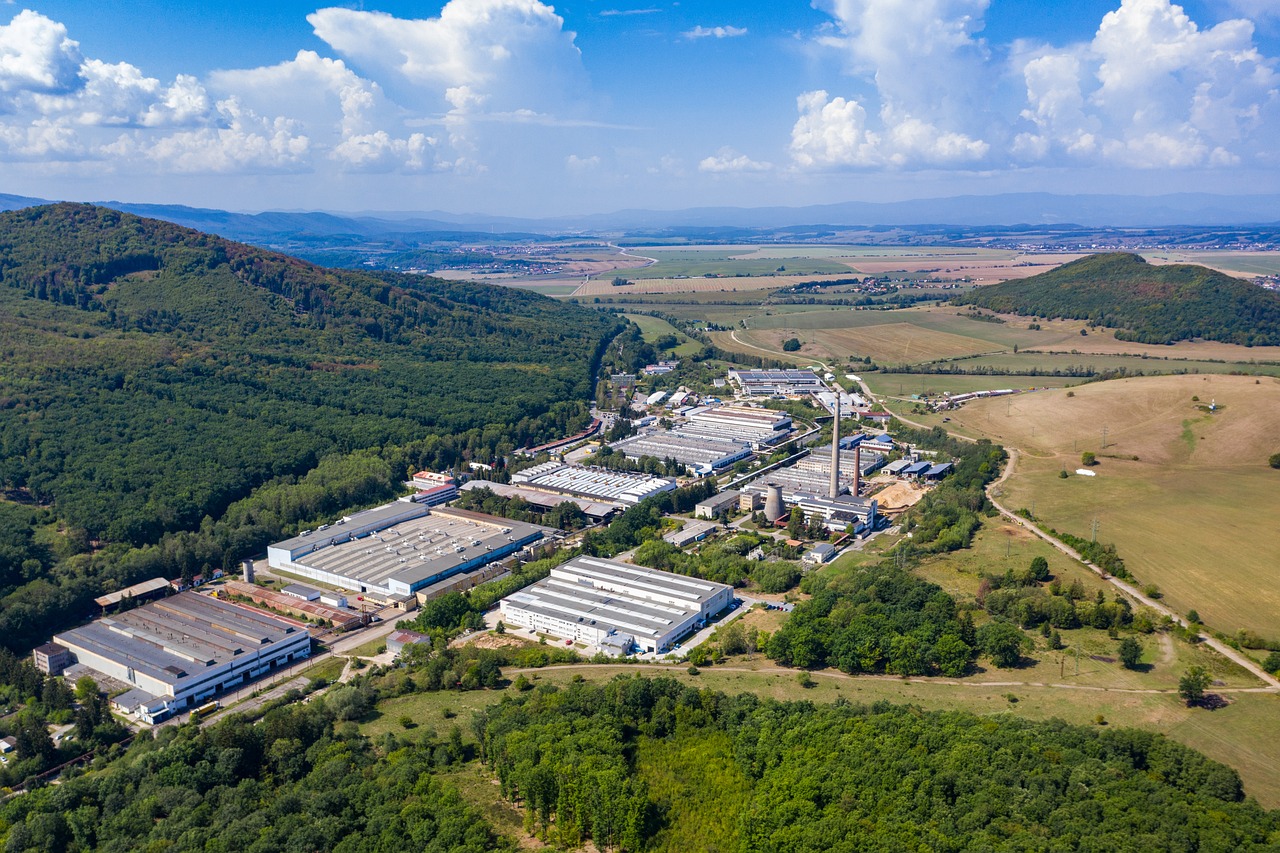
Cultural Changes and Social Movements
The Industrial Revolution brought about significant cultural changes and sparked various social movements that reshaped society. As industries flourished, the arts, literature, and education underwent a transformation, reflecting the new realities of the industrial era. Artists and writers began to depict the impact of industrialization on daily life, capturing the struggles and triumphs of the working class in their works. This artistic expression served as a mirror to society, highlighting the challenges and injustices faced by the laboring population.
Moreover, the Industrial Revolution fueled the rise of social reform movements aimed at addressing the pressing issues of the time. Activists and reformers advocated for better working conditions, labor rights, and social welfare policies to protect the vulnerable segments of society. These movements sought to bring about positive change and improve the lives of workers and their families amidst the rapid industrialization and urbanization.
The changes brought about by the Industrial Revolution also influenced societal values and norms, challenging traditional customs and beliefs. As industrial economies grew, new social structures emerged, altering the dynamics of communities and relationships. The emphasis on efficiency and productivity in the industrial era sometimes clashed with traditional values, leading to debates and discussions on the direction of society and the role of individuals within it.
Furthermore, the Industrial Revolution spurred the spread of ideas and knowledge, fostering intellectual exchange and innovation. Educational institutions adapted to the changing needs of the industrial society, providing training and skills development for the workforce. The accessibility of education expanded, enabling individuals from diverse backgrounds to pursue learning and contribute to the advancements of the time.
Frequently Asked Questions
- What were the main demographic changes brought about by the Industrial Revolution?
The Industrial Revolution led to significant population shifts, with many people migrating from rural areas to cities in search of work in factories and industries. This movement resulted in changes in birth rates, family structures, and sizes as people adapted to urban living conditions.
- How did urbanization and industrialization impact society during this period?
Urbanization and industrialization were closely intertwined during the Industrial Revolution. The rapid growth of cities as industrial centers brought about challenges such as the development of urban infrastructure, poor housing conditions, and sanitation issues. These changes also gave rise to new social problems that needed to be addressed.
- What were the key social classes that emerged as a result of industrialization?
The Industrial Revolution led to the creation of distinct social classes based on wealth and occupation. This resulted in a widening wealth gap between the wealthy industrialists and the working class. The exploitation of labor and the emergence of labor movements and class struggles were prominent features of this period.
- How did working conditions and labor exploitation contribute to the social impact of the Industrial Revolution?
Working conditions in factories, mines, and mills were notoriously harsh during the Industrial Revolution. Practices such as child labor, long working hours, low wages, and the absence of safety regulations were common. These conditions sparked the rise of labor unions and worker protests seeking better treatment and rights.
- What role did women and children play in the workforce during the Industrial Revolution?
Women and children were heavily involved in the industrial workforce, often enduring exploitation and unsafe working conditions. Limited access to education further marginalized them. However, their experiences also fueled movements advocating for women's and children's rights and better working conditions.
- How did health and sanitation issues manifest in urban areas during the Industrial Revolution?
The rapid urbanization and overcrowding of cities led to poor sanitation conditions and the spread of diseases. Inadequate medical care exacerbated health crises. To combat these issues, public health initiatives began to emerge, marking a significant shift in how society approached healthcare.
- What were some of the key economic transformations triggered by the Industrial Revolution?
The transition from agrarian economies to industrial economies was a central economic transformation of the Industrial Revolution. This period saw the rise of capitalism, the growth of consumerism, and significant impacts on global trade and economic systems, shaping the modern economic landscape.
- How did industrialization influence cultural changes and social movements?
Industrialization had a profound impact on culture, arts, literature, and education. It also catalyzed social reform movements and led to shifts in societal values and norms. Traditional customs and beliefs were challenged, paving the way for new ideas and social structures.





